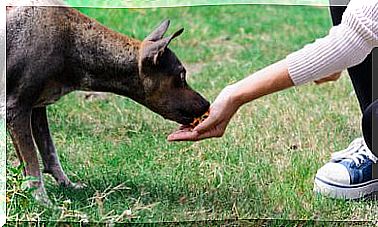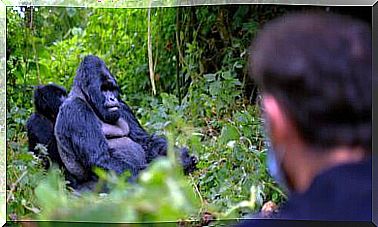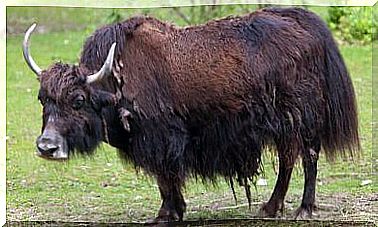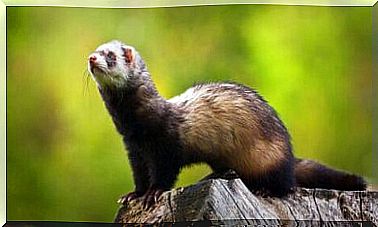Polar Animal Species: Adapted To The Cold
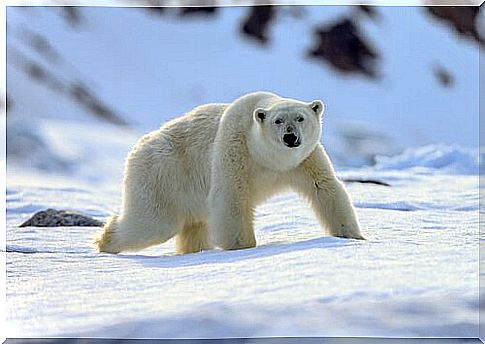
The characteristics of polar animals are adapted to allow them to survive in icy ecosystems with sparse vegetation. Terrestrial and aquatic birds and mammals coexist at the poles. Let’s meet them!
The poles are some of the most hostile zones on the planet to human life. However, some species have adapted to extreme cold conditions and little vegetation.
There are many differences between the North Pole and the South Pole, however, it is very difficult to live in both ecosystems. Next, we’ll look at which animals live at the poles and how they have evolved survival mechanisms.
Polar animal species
Northern and southern polar animals are different. However, in both cases, animals have tried to adapt to the inhospitable and truly extreme circumstances of their surroundings.
To do this, polar animals have developed strategies that allow them to conserve heat. Furthermore, they are warm-blooded animals, large in size and have thick layers of skin or fat.
In most cases, they depend on the resources of the sea for their livelihood. At the poles, there are some land animals that have developed adaptations, such as fins.
the north pole
This geographic area is located in the Arctic Ocean, on the planet’s northernmost axis. Its sea is covered by an ice cap.
Unlike the South Pole, at the North Pole there is no land, only ice. However, it is less cold at the North Pole than at the South Pole.
The North Pole has permanent sunlight for six months of the year and total darkness for the other six. This situation affects the life cycles of animals trying to live there.
Temperatures reach extremes of -50°C and -60°C. Also, the food available there is scarce. However, despite this, more species live at the North Pole than at the South Pole.
North Pole Animal Species
Among polar animals, the polar bear is perhaps the most iconic. It lives solely at the North Pole and is completely adapted to life on ice.
Their white color allows for perfect camouflage in snow and their black skin helps them retain heat. Its paws are covered in fur and it has very sharp claws so it doesn’t slip.
During the summer, the polar bear migrates south. The thaw forces him to flee, as his main food is seals and he needs ice to hunt them.
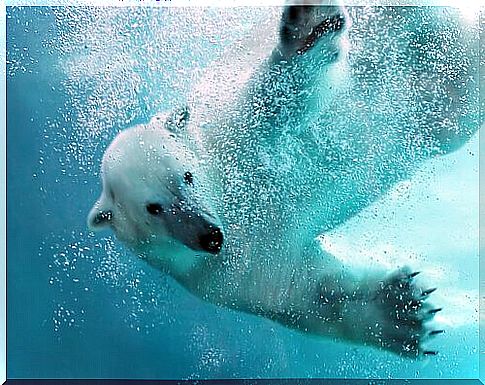
Mainly for survival reasons, in the summer polar bears move south, where they lack food, and begin their hibernation stage. When winter comes, the animal returns to the North and begins its hunting season.
the south pole
The geographic south pole is the southernmost point on the planet, located in Antarctica and surrounded by the Atlantic Ocean.
It lies on a flat plateau, with an ice cap of approximately 2.7 kilometers. Below this layer, at sea level, is the land.
The South Pole is cooler than the North Pole and, in summer, the temperature can reach -25ºC. Besides, life in this place is much more difficult than in the North Pole. Due to these conditions, the South Pole is practically deserted.
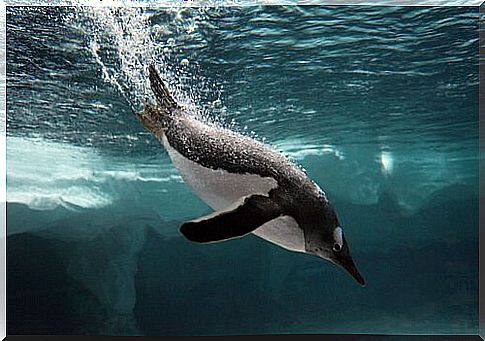
South Pole Animal Species
The animals of the South Pole are mainly in Antarctica and the islands that surround it. In addition, there are also species that live in the polar sea, especially adapted to low temperatures.
The penguin is the most representative animal of the South Pole. This species lives exclusively in this region of the world. It can be found in the less frozen parts of Antarctica.
Penguins are birds, however, they cannot fly. And despite having a great ability to swim, they cannot travel long distances.
Nor do they need to, because in their habitat they find everything they need to feed and survive without major problems.
Other species that live at the South Pole are seals, whales and 35 species of seabirds. This is the case for some types of seagulls, albatrosses and pigeons.
